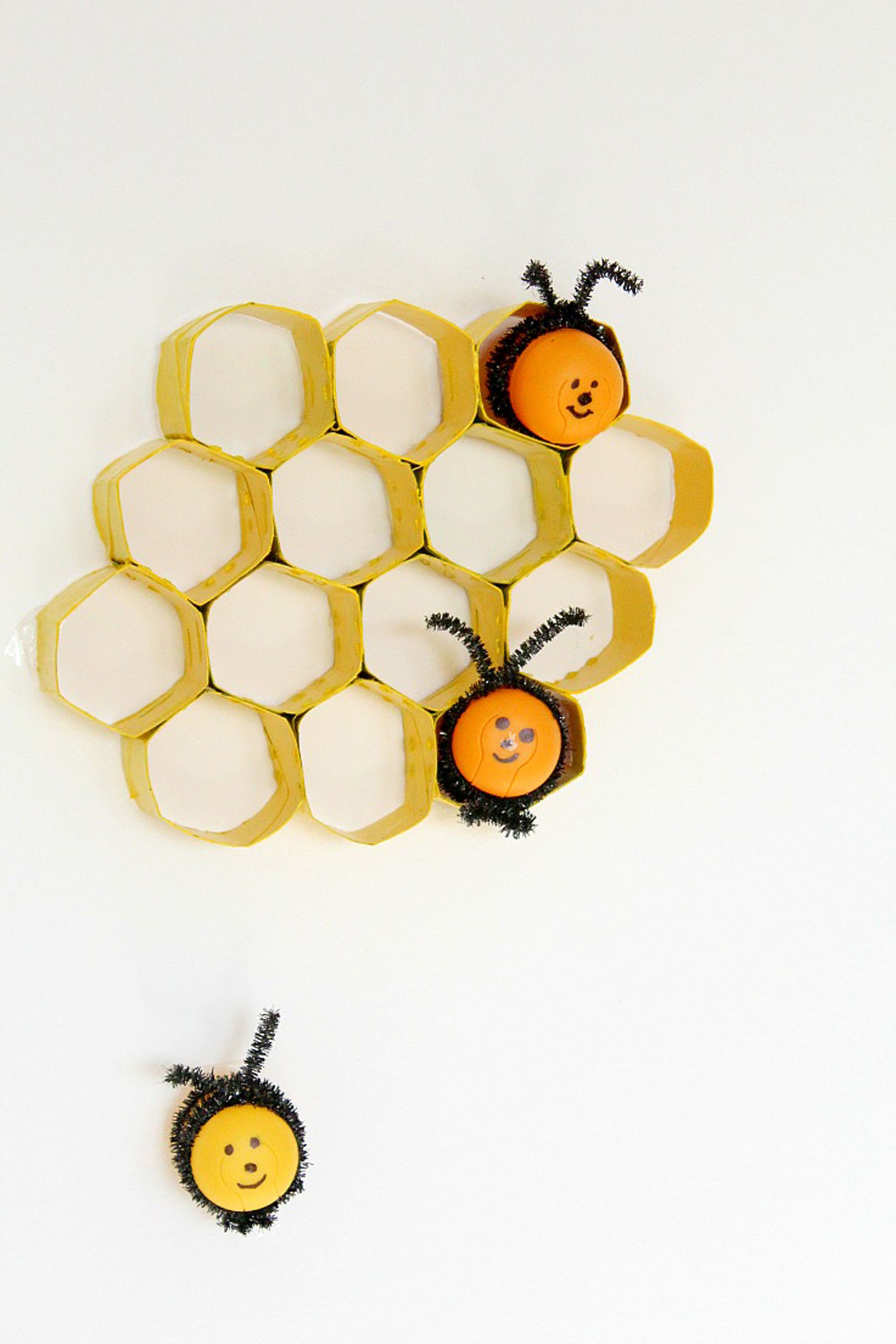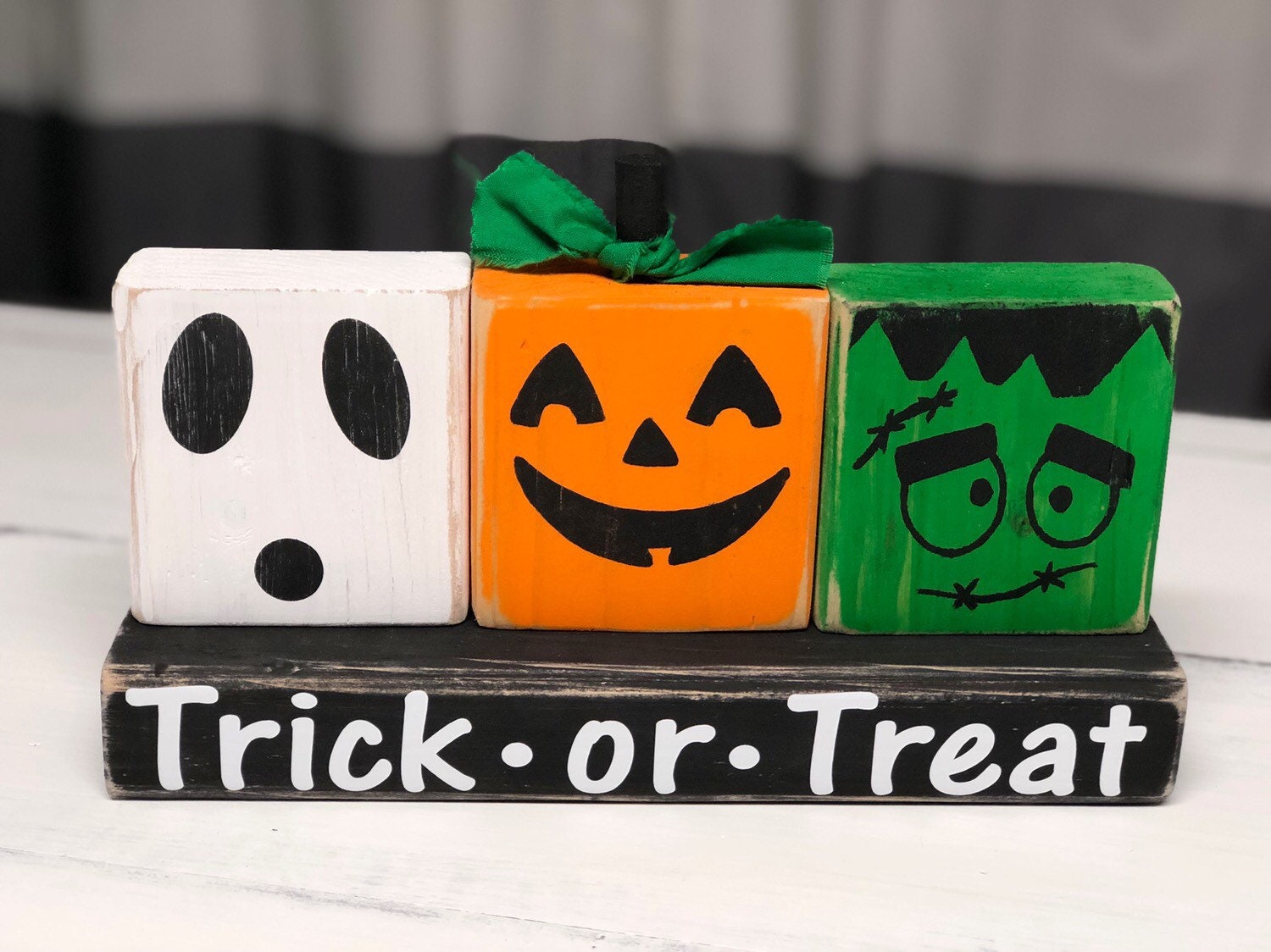
If you're looking for crafts for the 4th of July, you've come to the right place. There's a popsicle stick American banner craft, a firecracker noisemaker and a wooden woodfirecracker craft set, just to name a few.
Firecracker noisemaker craft
A firecracker noisemaker is a great craft idea for children to make on Fourth of July. This noisemaker is fun and festive for kids! You don't have to make a firecracker; you can make a bubble wrap one that makes a popping sound. This craft can be prepared in advance and filled with fun toys, beans, or other items to make it fun.
Make the noisemaker by cutting a six-inch ribbon. Knot the ends. Next, you will need to use scissors for 5 holes at the base of the cup. The ribbon should be threaded through the holes. Tie a knot. Next, place cup on counter or table. Place a piece if tape across the open edge. Place a small piece of tissue on the stick side of the tape.

Popsicle stick flag craft kit
Popsicle sticks can be used to make an American flag. Kids can glue red, blue, and white popsiclesticks together. This is a great craft idea for holiday. The kids can decorate it however they like. They can even add stars.
First, paint two sticks with white and blue paint using a foam brush. Let dry. Then, repeat the process with red. Once both colors have dried, use the back of a foam brush to make white dots over the blue sticks.
Wooden firecracker craft kit
Crafting for the 4th isn't difficult. You can use craft supplies that you have in your house to complete this project. You don't have to spend a lot of money on this project. There are many design options available, and you can make many of them for different purposes.
An alternative to making a patriotic wood necklace is to use colorful beads and charms strung on nylon string. This 4th-of July craft kit will keep your kids entertained as you celebrate Independence Day. You can also drill wooden planks together, and then paint an American flag design.

American flag craft made from tissue paper
You can make an American flag out of tissue paper. This is a great patriotic craft idea. This craft can be used for any occasion, including rainy days and school events. You can buy the materials you need in packs of 10 or 30. Then, simply follow the instructions on the packaging to create your very own American flag.
You will need a piece of blue paper and a hole punch. You will need a blue paper plate with a hole punch. Then, thread the white yarn through the hole. Or, you can substitute the tissue paper with red and white crepe paper. You can also use cardboard instead of a paper plate.
FAQ
How much does a hobby cost you?
It costs nothing to start a hobby. If you're serious about it, however, it may take you many years to reach your goals.
But there is one thing that can help you. It's called 'passion.' If you have passion for whatever it is you do, you will find it easier to put in the hours required to make progress.
You may become addicted to the activity once you have put in enough hours. This is where the real fun begins. Because now you are doing something you enjoy, and you are getting better at it all the time. You'll probably see a substantial improvement by the end.
Don't fret about how long this takes. You can just try it. You may be surprised.
What are observation hobbies?
Observation hobbies allow you to observe others doing the same thing. This could be watching sports, reading books or going on holiday. You could also observe other people.
It's great to have observation hobbies because it helps you think creatively. This knowledge will be useful later in your work for others and yourself.
You'll discover that it's easier to learn if there's a passion for something.
If you're interested in football, for instance, you could watch it or read a book. If you want to learn more about photography, you could take or visit exhibitions.
If you enjoy playing music, you could play along to songs online or buy a guitar.
You could also choose to cook at home or go to restaurants if you are a good cook.
If you love gardening, you might grow vegetables or flowers.
You can take a dance class, or just go out with your friends if dancing interests you.
You can paint pictures if your passion is painting.
Write poetry and stories if that is what you love to do.
You might enjoy drawing pictures, if you are a good artist.
You could work as a caretaker or keeper at a zoo if you are passionate about animals.
If science interests you, you can study biology, chemistry or physics.
If history is your passion, you can either read books or watch films. Or you could listen to podcasts.
You could explore the world or travel to places you love if you are a lover of traveling.
What's a hobby for children?
For kids, a hobby can be any activity that they are interested in doing as part of their everyday routine. Children might be drawn to, build, paint, create stories, play with toys or watch TV.
Many parents worry about their children getting into trouble if they have the freedom to do what they want. But this isn't always true. If your child is safe and doesn't cause harm to themselves or anyone else, they won't get into trouble.
It is important to remember that people may not always choose to do what they enjoy. For example, if they love drawing pictures but they hate writing, then they may decide to draw pictures instead of writing.
There are lots of different types of hobbies out there, so it's really up to you to pick one that you enjoy most.
What are good hobby ideas?
Your favorite hobbies are ones you enjoy. You'll be more motivated to do what you love. You'll also have an excuse when you're not feeling well or tired!
Our hobbies include painting, crafts, photography and cooking.
Volunteering could be a great option.
Suppose you're looking for something more adventurous. Why not take up scuba diving, rock climbing, sky diving, bungee jumping, white water rafting, sailing, surfing, canoeing, kayaking, horse riding, zip lining, hang gliding, paragliding, skydiving, snowboarding, skiing, mountain biking, hiking, camping, fishing, hunting, archery, shooting, clay pigeon shooting, target shooting, golf, tennis, swimming, snorkeling, windsurfing, waterskiing, kitesurfing, wakeboarding, standup paddle boarding, hang gliding, parasailing, hot air ballooning, paragliding and many more.
There are many unique ways to spend time in the outdoors, whether you're looking for adventure or a more traditional way to do it. These include caving.
What are some hobbies that seniors might enjoy?
Senior citizens should have fun activities that they enjoy doing. Senior citizens should be active and participate in other activities.
They may wish to join clubs, where they can find others who have similar interests. This way, they'll feel less lonely as they age.
Senior citizens need to be aware of the latest trends. For example they could keep up to date with fashion, art music, literature, politics, and so forth.
Statistics
- The Role of the Mind in Sex, Dating, and Love: Men in the “humor” condition received phone numbers from 42.9% of the female participants and were refused 57.1% of the time. (time.com)
- This 100% accurate personality-analyzing hobby quiz discovers your passion based on your characteristics. (quizexpo.com)
- In comparison, men in the “no humor” condition were refused 84.6% of the time and were only accepted 15.4% of the time. (time.com)
- 37% Video Games 36% Travel 36% Health and Fitness (quizexpo.com)
- Almost 80% of people claim to have no hobby. (hobbylark.com)
External Links
How To
How to get started gardening
Gardening is one among the oldest forms. It takes patience, persistence, determination, and perseverance. First, choose a place where you would like to grow food. This could be a large plot of land or even just a small area in your backyard. Next, select the kind of plants that are most appealing to you. Are you more fond of flowers or vegetables? Some people are passionate about growing herbs, while others like raising livestock like rabbits. Before you decide on what type of crops to plant you need to take into consideration how much space you have. If you live somewhere that has cold winters, it might be a good idea to grow berries or fruits.
Once you have chosen what you will be planting, you must take some time to prepare your soil. Your plants' success or failure will depend on the soil they are placed in. Good quality soil contains organic matter that helps feed your plants' roots. Organic matter includes leaves, twigs (grass clippings), manure, compost, and manure. After you have prepared the soil, you will need to add nutrients. You will need different amounts of nutrients depending on which type of plants are being grown. You can calculate these values online with a fertilizer calculator. Many fertilizers are on offer, so make sure that you know which one you are buying.
After you have prepared your soil, and added the correct nutrients, you will need to wait until your seed germinates. The process takes between 2 weeks and 3 months depending upon the climate in your area. Once your seeds have sprouted, you need to water them regularly. Problems can arise if you water your plants too frequently or too little. Make sure to give your plants water at regular times and not overwater. Overwatering can lead to root rot and fungal diseases. Consider that plants generally need less water in the warmer months than they do in winter. Keep in mind that certain plants may need to be dried after being watered. For tomatoes, it is important to keep them moist but dry. They are not happy to be in soggy soil. After flowers are finished, plants must go dormant. Dormancy is when plants stop producing new growth and begin storing energy for the next season's harvest. Dormancy means that the plant stops communicating with its roots about producing food. The plant continues to store energy during this time. The plant will eventually die if it is not given enough sunlight or temperatures below freezing.
Urban environments may limit the variety of plants you can grow. Concrete sidewalks and roads, as well as parking lots, are common in urban areas. This blocks sunlight from reaching the ground. Concrete absorbs sunlight and blocks the soil below from receiving adequate sun exposure. Many plants can't thrive in urban environments because they lack sunlight. There are still plants that thrive in urban environments. Many trees, shrubs, and perennials can adapt to city living. Many annuals are also possible to grow indoors in containers. You can grow fresh greenery year-round in containers.
Now that you have decided where to place your garden, chosen what you will grow, and prepared your soil, you are ready to plant!